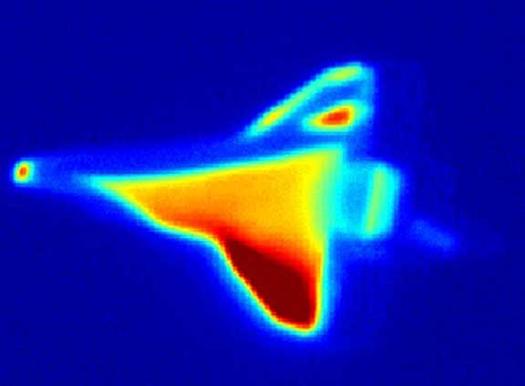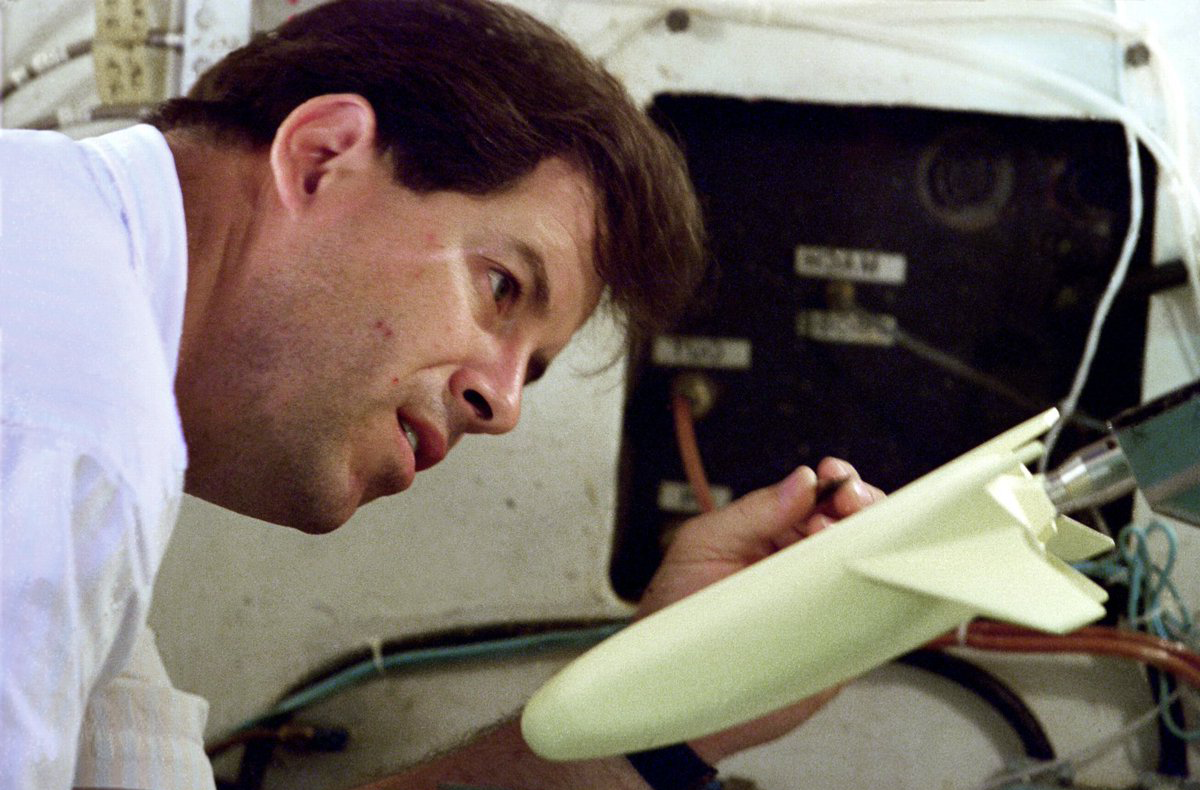The creation of SCIFLI has its origins in the aftermath of the Columbia shuttle accident that occurred on February 1, 2003. Tom Horvath, one of the key investigators of the physical flaws of the shuttle, had the task of examining the influence of surface imperfections on the air flow around the vehicle. These experiments were done at the wind tunnel at the Langley Research Center in Virginia. However, the wind tunnel had severe limitations. It could only test models a fraction of the scale of the real space shuttle and could not perfectly replicate the conditions of reentry. This left a wide margin of error in the team’s results. While the cause of the Columbia accident—a loose piece of foam insulation—was eventually discovered, the lack of data meant small bumps and dents to the shuttle’s surface still presented a significant risk.
This inspired Horvath to create a more realistic experiment in 2007. He proposed intentionally adding a bump on Discovery’s wing for the STS-119 mission, then documenting the shuttle using a camera mounted on a separate jet as it re-entered the atmosphere. Despite skepticism about the feasibility of the experiment, it was approved with the expectation that it would capture a single infrared image of the turbulent flow caused by the bump. Horvath and his team instead captured a full 8 minutes of in-flight video and hundreds of still thermal images. Not only were they able to document the effect of the bump on the wing, but they also discovered that a nose cone imperfection caused further turbulent flow across the vehicle.

Infrared in-flight image of STS-119
At hypersonic speeds, a turbulent flow, as opposed to a laminar one, can cause additional heating. The effect of the turbulent flow from the intentional protuberance is visible on the upper wing in this image, while the larger section of turbulent flow caused by a nose-cone imperfection is visible on the lower wing.
Horvath’s incredible success led to the creation of SCIFLI’s predecessor: HYTHIRM, or Hypersonic Thermodynamic Infrared Measurements. The goal of this program was to continue to document space shuttle flights and collect more accurate data on the fluid dynamics of hypersonic vehicles. The HYTHIRM team continued to do this from both air- and ground-based systems until the retirement of the space shuttle program in 2011.
Since then, HYTHIRM has switched gears to adapt to the changing aerospace environment, using the technology and skills the team had developed to include a greater umbrella of imaging capabilities. The team was renamed to SCIFLI: Scientifically Calibrated In-Flight Imaging. Today, SCIFLI continues to collect data on in-flight vehicles and can provide mission planning support. They have played a part in ensuring the safety of parachutes in SpaceX and Boeing spacecraft, documenting heat shields from high-speed aircraft returning from beyond the moon, and will be collecting data on important future missions such as Artemis 1, Sierra Space’s DreamChaser, and SpaceX’s Starship. Not only is SCIFLI instrumental in proving the effectiveness of spaceflight vehicles, they also ensure the safety of astronauts aboard each of the crewed spacecraft they document.

